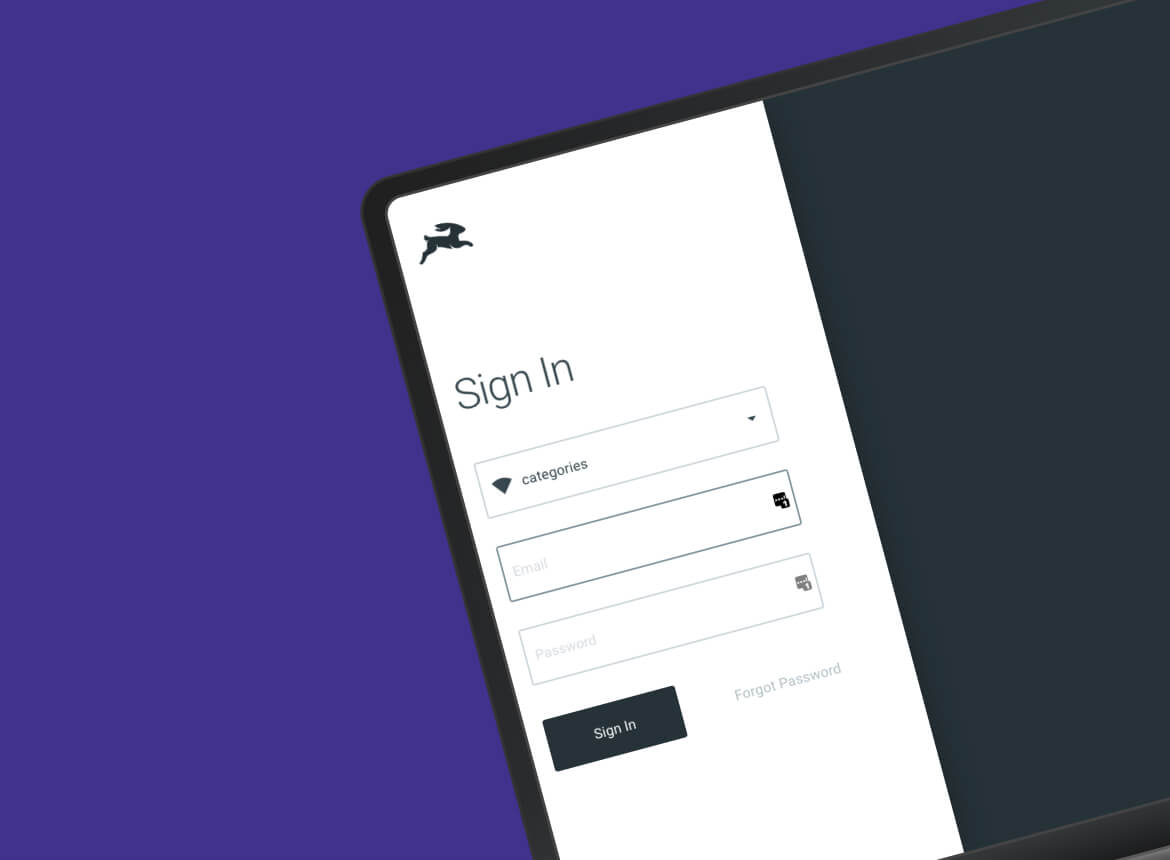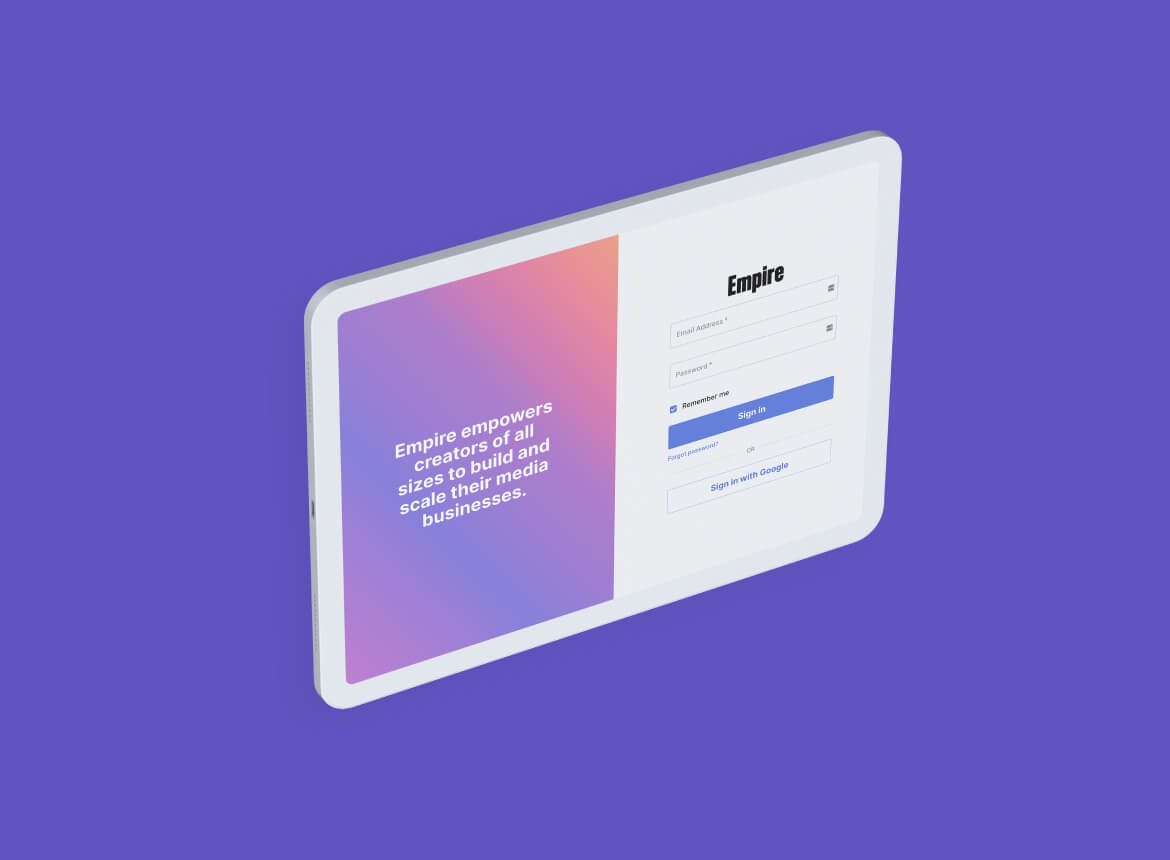Mobile Application Penetration Testing
Shield your Android & iOS apps from hackers, data leaks, fraud & unauthorized access.

Mobile apps are now core to how businesses and public organizations deliver services, whether in finance, healthcare, or enterprise. But with new vulnerabilities emerging daily, mobile platforms pose increasing security challenges. Is your app truly secure against modern threats?
What to Expect from Our Mobile Penetration Testing
Comprehensive Coverage for iOS and Android
Our team has deep expertise in mobile security, allowing us to address the unique risks associated with each platform, from reverse engineering iOS applications to detecting Android malware threats. We simulate a wide range of real-world attack vectors, including:

Insecure local storage

Stolen/lost device scenarios

Mobile malware attacks

Both authenticated and unauthenticated user abuse
We also provide custom enterprise-specific testing scenarios for apps deployed on in-house devices.

Static, Dynamic, and Source Code Testing
Our methodology integrates:

Static Analysis
Inspects app binaries for embedded secrets, configuration flaws, and sensitive data exposure.

Dynamic Analysis
Monitors runtime behavior for vulnerabilities such as API misuse or insecure communications.

Source Code Review
Reveals hidden or logic-based flaws that may not surface through black-box testing alone.
This holistic approach helps us uncover issues like:
- Insecure storage of credentials and session tokens
- Weak encryption implementations
- Exposed components in Android backups
- Logic flaws in authentication or session management

Standard and Jailbroken Device Testing
We test your app on both standard and rooted/jailbroken devices to evaluate risk from all user types, casual users, malicious insiders, and skilled attackers. This provides insight into how your app behaves in real-world compromise scenarios.

Clear, Actionable Reporting
Every assessment includes a professionally structured report tailored to both technical and non-technical audiences:

Executive Summary
Overall risk posture, key findings, and app strengths/weaknesses

Risk-Prioritized Vulnerabilities
Sorted by severity and business impact

Vulnerable Code References
When source code is provided

Remediation Recommendations
Practical guidance to help your team fix each issue effectively and retest up to 03 months!

Attack Walkthroughs
Step-by-step PoCs with screenshots

The Step-by-Step Testing Process We Follow
Well defined and best designed to safeguard your business from potential threats and ensure resilient systems.
c
FAQ
The most common mobile app vulnerabilities we uncover during penetration testing include:
- Improper Platform Usage – Misuse of platform-specific features like Keychain, TouchID, or Android permissions that can lead to unauthorized access or privilege escalation.
- Insecure Data Storage – Sensitive data (e.g., PII) stored insecurely on the device, which can be accessed if the device is compromised.
- Insecure Communication – Lack of proper TLS/SSL encryption enables attackers to intercept network traffic, making the app vulnerable to Man-in-the-Middle (MitM) attacks.
- Insecure Authentication – Weak or offline authentication mechanisms that can be bypassed, allowing unauthorized access.
- Insufficient Cryptography – Use of outdated algorithms or basic encoding like base64 instead of proper encryption standards.
- Insecure Authorization – Flaws that allow users to access restricted endpoints, impersonate other users, or elevate privileges.
These vulnerabilities often go undetected by automated tools, which is why manual mobile application penetration testing is critical.
contact
Let’s discuss your cybersecurity needs with us
Drop us a line and we’re just 1 click away to make your projects ready


















